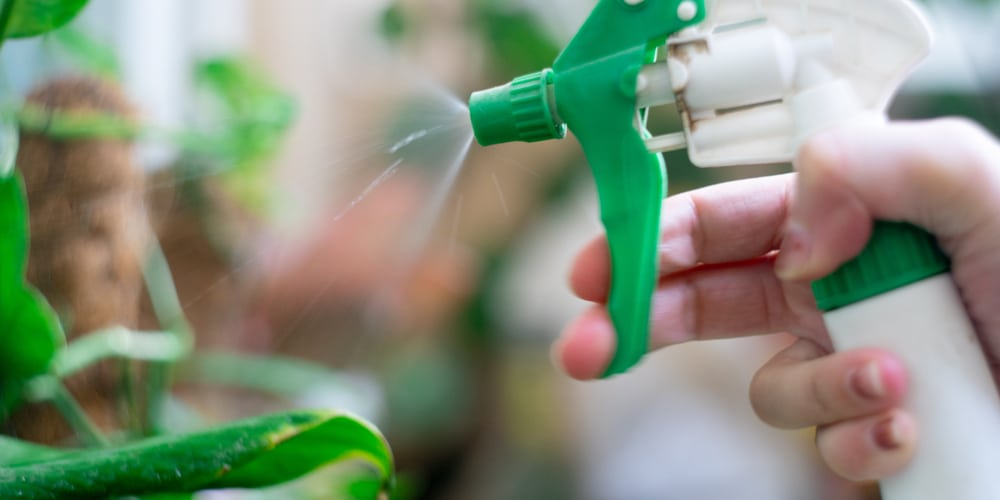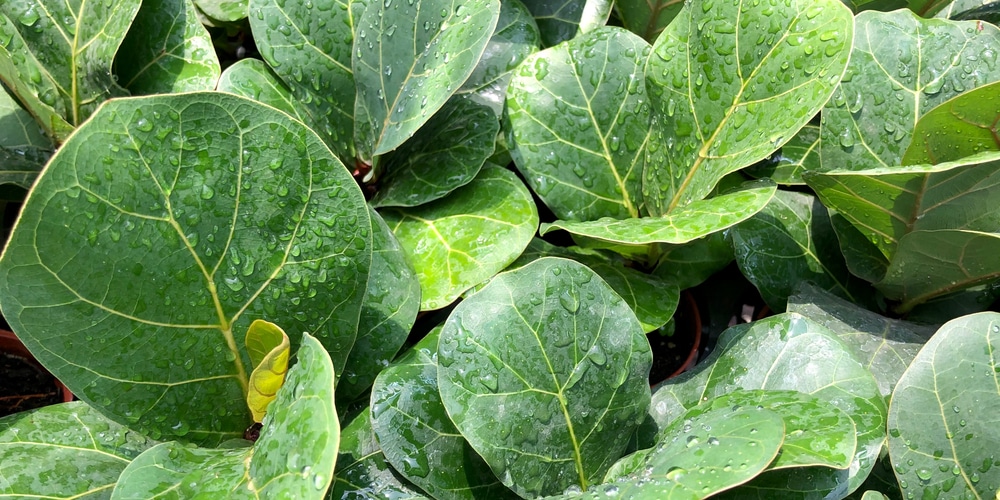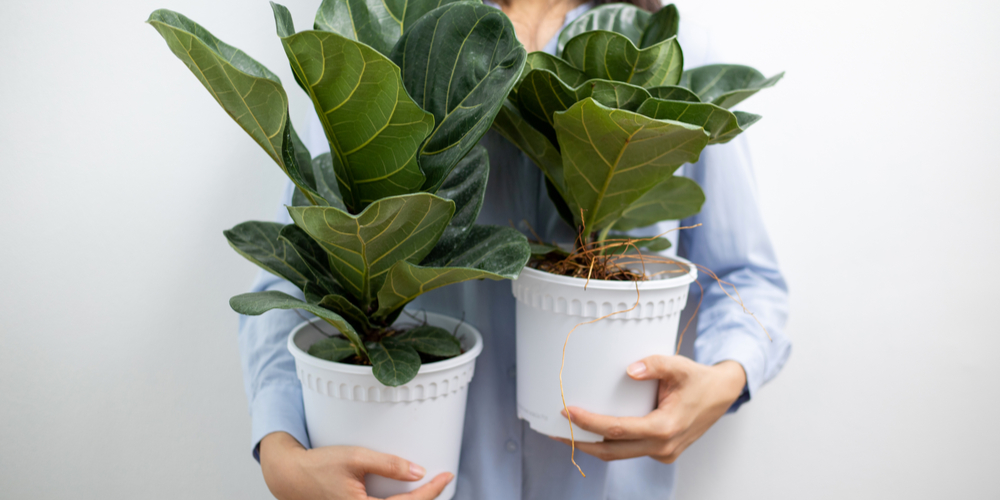Pests are inevitable when you have plants. Whether it’s aphids, scale, or mealybugs, every plant owner has had to deal with an infestation at some point. And while there are various methods to get rid of pests, one that is gaining popularity is using neem oil for plants.
Neem oil is a natural, organic way to get rid of pests, and it’s safe for both humans and pets. However, before using neem oil on your plants, there are a few things to consider. This article will cover everything you need to know about using neem oil for fiddle leaf figs, including plant safety tips and considerations.
Neem Oil: Definition and Benefits on Plants

Neem oil is extracted from the seeds of the neem tree (Azadirachta indica), which is native to India. The oil has been used for centuries in India for its medicinal properties.
Nowadays, neem oil is gaining popularity as a natural way to eliminate pests on plants. When used correctly, neem oil is safe for both humans and pets.
There are a few reasons why neem oil is an effective pest control method:
Effectively Repels Pests
Neem oil is a natural repellent for many common garden pests, including aphids, mealybugs, whiteflies, and scale. The oil works by interfering with the pests’ life cycle. For example, neem oil can prevent aphids from laying eggs.
It contains azadirachtin, which is a natural insecticide. This compound disrupts the hormone system of insects, causing them to lose their appetite and eventually die.
Safer Alternative to Chemicals
If you’re looking for safer alternatives you can use on your plants, neem oil is a good option. Neem oil is biodegradable and does not contain any harmful chemicals.
In fact, neem oil is often used as an organic pesticide in agricultural settings.
Unlike chemical pesticides, neem oil is safe for both humans and pets. When used as directed, neem oil poses little to no risk to people or animals. When used on plants, neem oil breaks down quickly and doesn’t accumulate in the environment.
The only time you need to be cautious is when using neem oil sprays. It’s important to avoid spraying neem oil on plants when the temperature is above 90 degrees Fahrenheit. This can cause leaf burn.
Stores Well
Neem oil can be stored for long periods of time without going bad. If stored in a cool, dark place, this oil can last up to two years.
Natural Antifungal and Antibacterial Properties
This oil is a natural fungicide and antibacterial, making it an ideal treatment for fiddle leaf figs. This plant is susceptible to various fungal diseases, such as powdery mildew and leaf spot.
When used as a preventative measure, neem oil can help keep your plant healthy and free of disease.
Using Neem Oil for Fiddle Leaf Fig Plants
Because of its huge leaves, the fiddle leaf fig is especially prone to pests and fungal diseases. If you’re looking for a natural way to protect your plant, neem oil is a good and safe option.
While this oil has several benefits, there are a few things to keep in mind before using it on your fiddle leaf fig.
Always start with a small amount and increase as needed. This is especially important when using neem oil for the first time. While it’s completely harmless to plants, neem oil can cause leaf burn if used in high concentrations.
Mix the neem oil with water before applying it to your plant. A general rule of thumb is to mix one to two teaspoons of neem oil with one cup of water. Ensure that you’re using a clean spray bottle and that the mixture is well-combined.
Spray the neem oil solution on the leaves of your fiddle leaf fig, making sure to cover both the top and bottom surfaces. Be sure to also get any affected areas, such as where you see pests or signs of disease.
For best results, apply the neem oil spray in the morning or evening. This will give the leaves time to dry before the sun hits them directly.
Safety Tips for Using Neem Oil on Fiddle Leaf Fig and Other Plants
On a broad scale, neem oil is relatively safe to use on fiddle leaf figs and other plants. Its natural properties make it a safe alternative to chemical pesticides.
However, there are a few safety considerations you should keep in mind when using this oil on your plants.
Depending on the concentration, neem oil can be harmful if ingested. Therefore, it’s essential to keep pets and children away from treated plants.
It’s also important to avoid using neem oil sprays in hot weather. As we mentioned earlier, this can cause leaf burn. Additionally, you may want to ensure that the leaves aren’t exposed to direct sunlight after application. Plants like fiddle leaf figs are photosensitive after being sprayed with neem oil.
If you notice any adverse effects after using neem oil on your plants, stop using the oil immediately and rinse the affected area with water.
Neem oil for fiddle leaf fig: Final Thoughts
Neem oil is one of the most popular natural pesticides on the market. Its versatility and safety make it an excellent option for both home and commercial use.
When used correctly, neem oil can be an effective way to prevent and treat pests and diseases in fiddle leaf figs and other plants. Just be sure to follow the safety tips we listed above to avoid any potential problems.
Related article: Can I Put My Fiddle Leaf Fig Outside in Summer?

